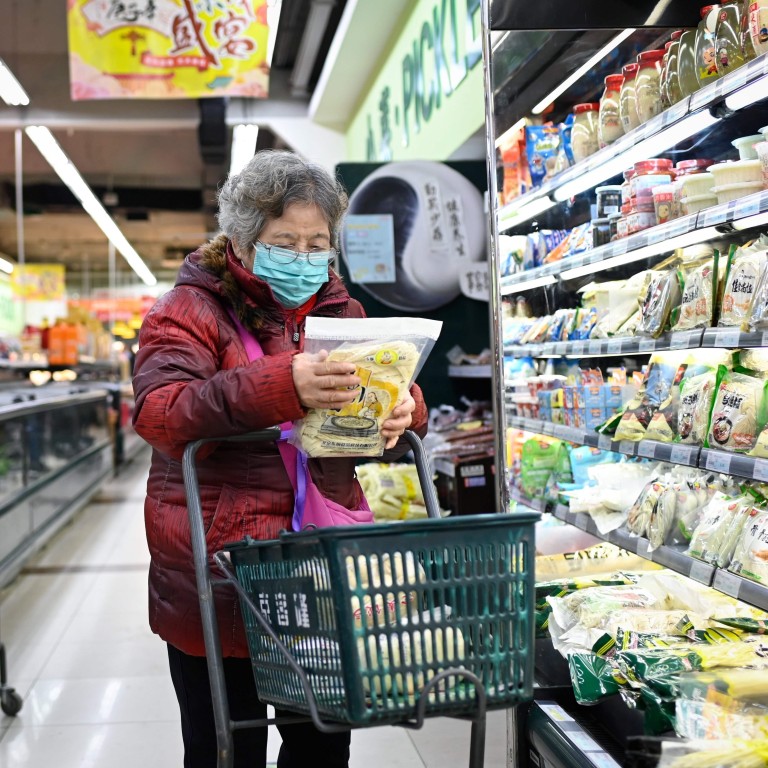
Global food prices are going up and China won’t be spared, despite the November dip
- As a major food importer, China is not immune to rising global prices, driven up by supply issues and a weaker US dollar
- A strong yuan can only offer so much protection
Data earlier this month from the United Nations’ Food and Agriculture Organisation (FAO) showed that its food price index – which tracks the prices of the most globally traded food commodities – had not only increased for a sixth consecutive month in November, but that the monthly rise was the largest since July 2012.

02:12
China can expect bumper 2020 harvest despite bad weather and floods, officials say
China is also a major importer of rice. The price of Southeast Asian rice has also been heading up, partly driven by transport problems that have seen freight rates soar. Last week, Vietnam’s rice export prices hit their highest since December 2011 while Thai prices rose to a near four-month peak.
Other grain prices have also been rising. The FAO has linked increases in wheat export prices to “reduced harvest prospects” in Argentina. Last week, key producer Russia moved to limit exports to stabilise domestic prices. Moscow’s move may only underpin prices as countries seek to secure alternative supplies.
Australian agriculture firms brace for job cuts caused by China trade row
The net effect is that the FAO cereal price index was 19.9 per cent higher in November year on year.

00:57
China's corn prices remain high amid supply-demand imbalance
Soft commodities traded internationally are generally priced in US dollars. When currency markets see monetary policy settings in the United States as being consistent with dollar weakness, this can result in higher dollar prices for commodities.
Whether the Fed’s perfectly understandable response to the coronavirus ends up having a similar impact on global food prices is unknowable – but the US dollar is again under pressure.
Why the US dollar is only going to fall faster and harder
Albert Edwards, global strategist at French bank Societe Generale, said last week that, “While most economists’ attention is now focused on the impact of the Fed’s QE [quantitative easing] on buoyant equity and industrial commodity prices, we should also watch the unfolding surge in food prices very closely indeed – and with trepidation.”
For all its efforts to increase agricultural production, China remains dependent on imported foodstuffs and will not be immune to rising global food prices. Last month’s food price deflation in China flattered to deceive. Food prices in China will be going up, not down.
Neal Kimberley is a commentator on macroeconomics and financial markets

